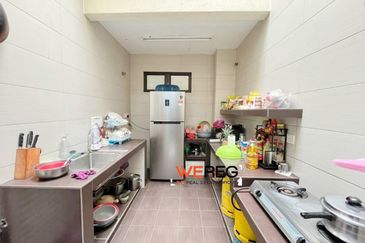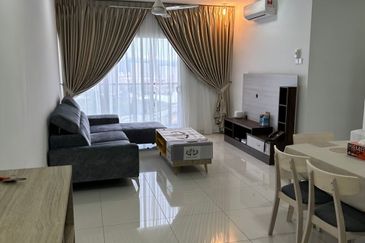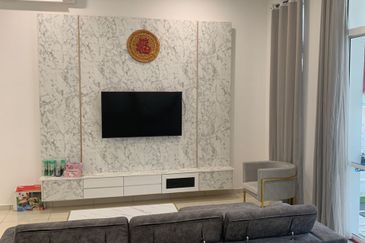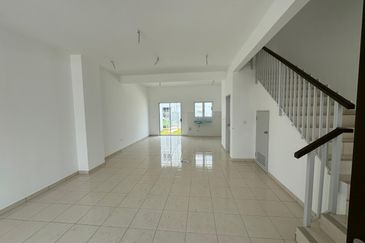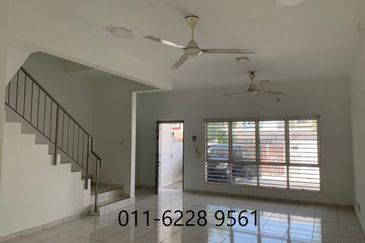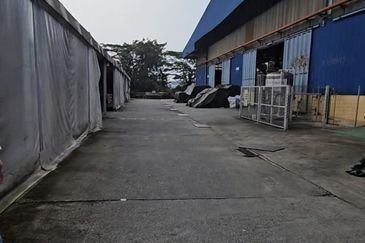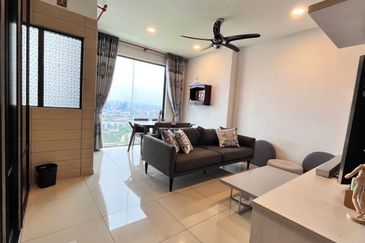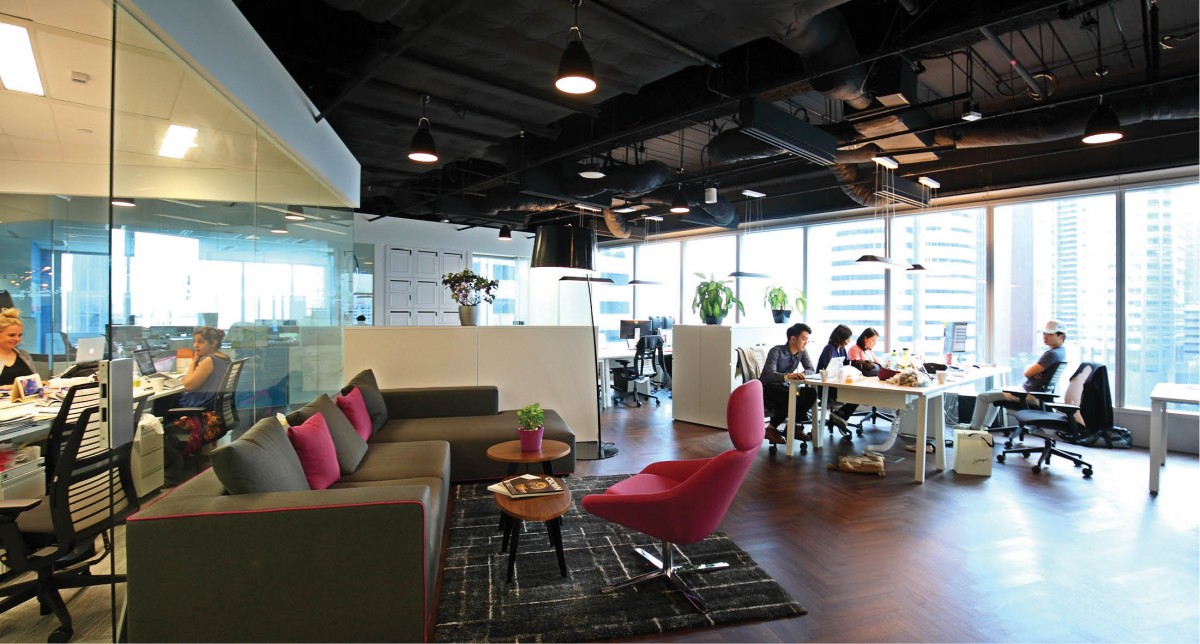
COWORKING in Singapore has evolved in the past year and is transcending all commercial real estate space. One of the largest real estate players to weigh in on the trend is Singapore’s CapitaLand. “Many property developers entering this space think they can start their own coworking site,” says president and group CEO Lim Ming Yan. “It’s going to take a long time. That’s why we would rather work with someone who’s the best in the industry.”
On Dec 2, 2016, CapitaLand signed a memorandum of understanding with International Enterprise (IE) Singapore and China’s leading coworking space operator, UrWork. The MOU marks CapitaLand’s maiden launch of coworking space in its malls. The first two UrWork coworking centres will open in CapitaLand’s malls in China over the next six months. The first coworking space of 4,100 sq m, in CapitaMall Minzhongleyuan Mall in Wuhan, will open in phases from this month. This will be followed by a 1,300 sq m centre in CapitaMall Wangjing, Beijing, slated to open in 1H2017. These two UrWork coworking centres will have a combined total of 600 workspaces.
Founded by Mao Daqing in March 2015, UrWork has 40 coworking centres with 15,000 workspaces in 11 cities across China. It plans to double that to 30,000 workspaces this year. All UrWork coworking sites are situated in shopping malls. “We find that when you plug coworking into a shopping mall, it creates new energy there,” says Mao, who worked with CapitaLand in China for 14 years before leaving to start UrWork.
Beyond just a desk and a chair
Before launching UrWork, Mao travelled to major gateway cities around the world — from New York to Tokyo and Osaka, and to Beijing and Shanghai — to do market research. “Coworking is a global trend. We saw a lot of such coworking space — some had converted hotels into a mix of coworking and co-living spaces; others had changed clubs into coworking space — and they all drew great response,” he says. “That’s because it’s a new style of working, beyond just a desk and a chair.”
CapitaLand’s Lim agrees that the future of work will be very different. “Collaboration and social interaction have become very important. It’s not just about having an open office — that has been talked about for many years. It’s about connectivity and building communities. People are always looking for social interaction, so it’s about how we can enable that in a coworking environment.”
Coworking will be a feature in CapitaLand’s malls in Singapore too. Last September, the group announced that the new Funan, which is being redeveloped, will be a “mall of the future”. Beyond a platform for retail innovation, it will also have coworking spaces and co-living apartments.
Malls are great places to have coworking spaces, says Peter Andrew, CBRE senior managing director of Workplace, Asia-Pacific. “We’ve seen churches coming into malls, so why not coworking? People are already working in malls anyway; you just have to look at the coffee shops.”
Last November, The Ascott, CapitaLand’s serviced apartments arm, rolled out Lyf (pronounced “life”). It is targeted at millennials and designed as a new way of co-living and coworking, with smaller private areas and more social areas, including coworking spaces.
CapitaLand opened its first coworking centre in Singapore in June 2016 with 22,000 sq ft on the 12th floor of Capital Tower. It was a joint venture with Collective Works, headed by Jonathan O’Byrne, one of the coworking pioneers here.
The ‘pretenders’
Coworking is fundamentally a business concept, not space, says CBRE’s Andrew. “It’s about how you create environments that nurture creativity and talent, stimulate people, particularly small emerging businesses, and enable cross-fertilisation of ideas between companies. That’s what underpins it. The flexible, cool spaces is the way [the concept is] articulated.”
There are those who do not understand the business underpinning coworking and only see the types of spaces. “These people rushing in are ‘the pretenders’,” says Andrew. JLL head of markets Chris Archibold agrees. “It’s not just a matter of finding an office space and then putting some desks together,” he says.
Location matters as well. “If you’re setting up a good coworking space or serviced office, it has to be in a good location, with amenities such as F&B outlets, coffee places and transport links like MRT stations or bus stops,” adds Archibold. “And it has to have a vibe, a place where people want to be.”
Incumbent players
One of the pioneers and biggest players in coworking in the CBD is JustGroup. It announced early last month that it will open two new JustCo coworking centres totalling 100,000 sq ft in the CBD at UIC Building and Marina One.
The JustCo at UIC Building — the office block of V on Shenton mixed-use development — will have 1,000 workspaces over two floors and occupy a total area of 40,000 sq ft. UIC Building is scheduled to be completed in 1Q2017.
The other space, at Marina One, will have 500 workspaces on a single floor. These two new locations will triple JustCo’s coworking space in the CBD to 150,000 sq ft. It currently has 50,000 sq ft of space at 120 Robinson Road and 6 Raffles Quay.
“I think there’s massive long-term potential to coworking [which is] connected to significant changes in work practices and the way companies use space,” says CBRE’s Andrew. “It’s not just the smaller companies; larger companies are embracing coworking too.”
Coworking has also changed the real estate metrics. “Instead of [calculating] cost per square foot, it’s now cost per desk or per person,” he adds.
Disruptor or disrupted
Going by CBRE Research estimates, there are 50 to 55 coworking operators with more than 60 sites in Singapore today. They take up slightly more than 400,000 sq ft of space and are spread across areas zoned for offices, shophouses and retail, and even industrial use. In terms of space occupied, some of the more established players are JustCo, The Working Capitol and Collective Works.
Therefore, based on the overall office stock of 65.8 million sq ft islandwide, coworking space takes up less than 1% of the market, says JLL’s Archibold.
With the number of players rushing into it, coworking may seem oversaturated. “You will see failure of players in the market, but you will also see market growth accelerate as new players enter the game,” says CBRE’s Andrew.
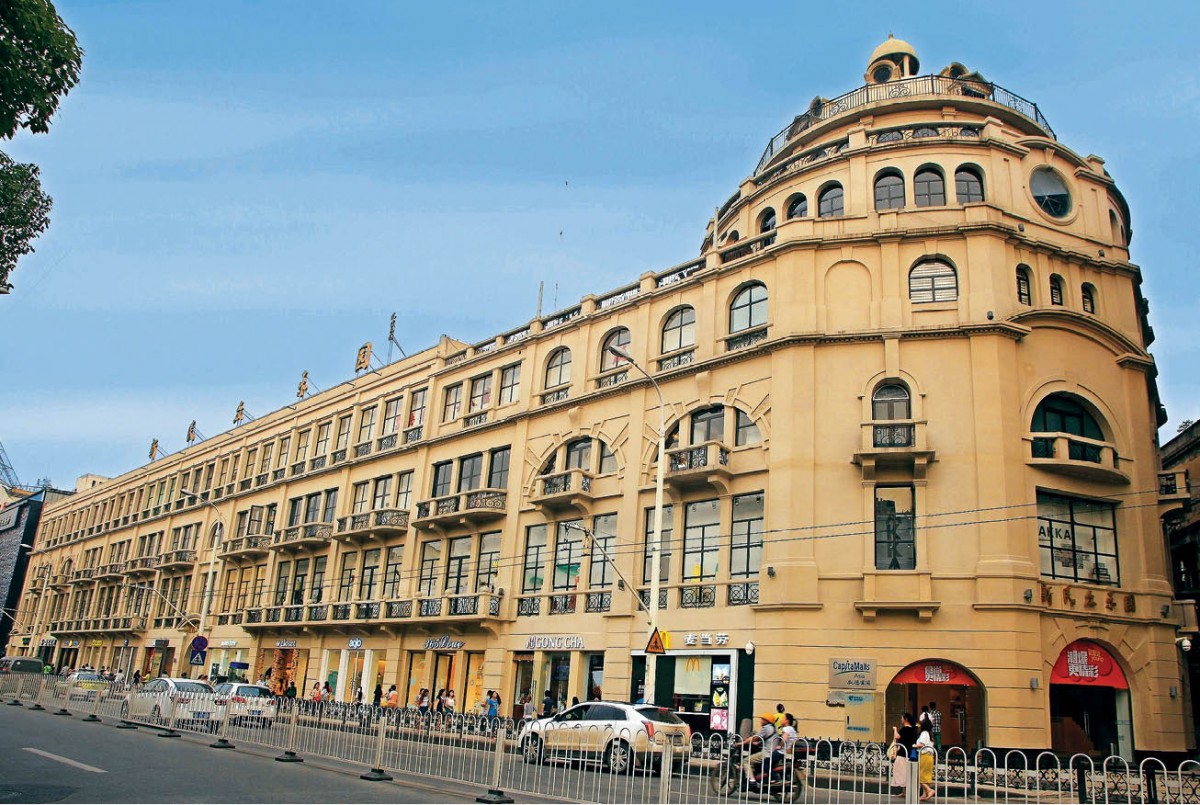
Start-ups and small and medium enterprises (SMEs), the initial catalysts for coworking, will continue to drive demand for such space, with corporate participation being largely “experimental” at this stage. However, the big leap in demand will come from corporate participation, Andrew notes.
This is because CEOs and business leaders everywhere are worried about digital disruption and looking at ways to futureproof their company. “Even MNCs do not want to have their businesses disrupted by an intermediary, SME or a start-up,” says JLL’s Archibold.
“So they are looking at ways to become a disruptor themselves. Putting teams in a coworking environment is a way of doing that, in the hope that it will spark innovation.”
For instance, last September, HSBC rented more than 300 hot desks at WeWork’s coworking space in Tower 535, a Grade A office building in Causeway Bay, Hong Kong. That is the largest corporate membership subscription in Hong Kong and HSBC plans to house its digital and transformation teams in the space. Word on the street is that Citibank is also exploring coworking for some of its teams.
In Singapore, RHB is taking up an entire floor at the new coworking site of The Working Capitol on Robinson Road for its fintech lab. Other banks have also created their own in-house coworking facility, adds Andrew.
The coworking trend will continue to grow to meet increasing demand. Sulian Claire, Savills Singapore senior director of retail and lifestyle, brokered the coworking space for The Working Capitol at 1 Keong Saik Road and more recently at Crown @ Robinson. Claire is also busy hunting for new locations for three other coworking operators.
“Smaller and weaker coworking players may struggle to keep up with their bigger and more established competitors,” says Claire. “And that’s where we may see consolidation.” For now, however, it looks like coworking is still having a major growth spurt.
Cecilia Chow is editor at The Edge Property Singapore.
This article first appeared in The Edge Property Singapore, a pullout of The Edge Singapore, on Jan 2, 2017.
TOP PICKS BY EDGEPROP
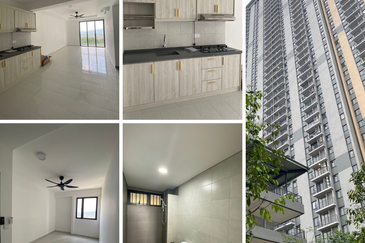
Residensi Aman Bukit Jalil
Bukit Jalil, Kuala Lumpur
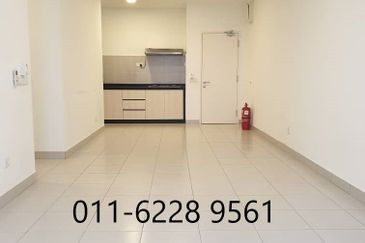
Harmoni Apartment @ Eco Majestic
Semenyih, Selangor

D'Cassia Apartment @ Setia EcoHill
Semenyih, Selangor
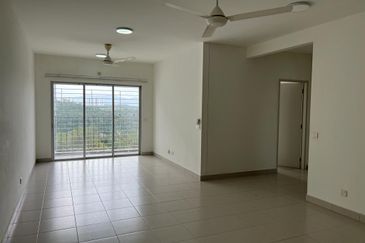
D'Cerrum Apartment @ Setia EcoHill
Semenyih, Selangor
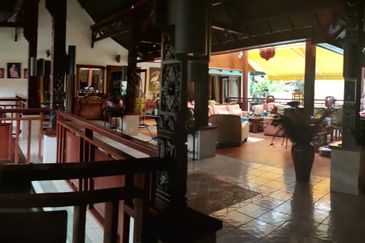
Country Heights Kajang
Country Heights, Selangor
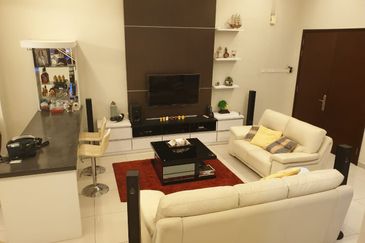
Bandar Puteri Puchong
Bandar Puteri Puchong, Selangor

SkyLuxe On The Park @ Bukit Jalil
Bukit Jalil, Kuala Lumpur
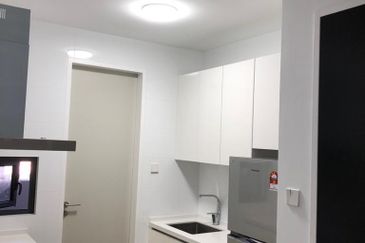
SkyLuxe On The Park @ Bukit Jalil
Bukit Jalil, Kuala Lumpur


